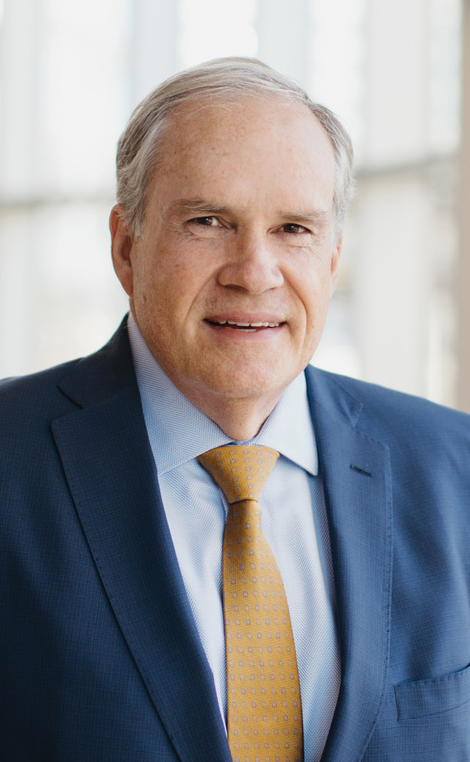 BY John Hawkins
BY John Hawkins
Some of the issues occupying the top of our priority list here at the Texas Hospital Association aren’t always in the foreground of our state and national consciousness. We know as well as anybody that health care policy can be arcane, and some of the impacts of the status quo go under the radar outside of our world.
Behavioral health, though, is different. Its impacts confront us all, whether it’s ourselves, a family member or a friend who’s struggling with anxiety or depression. Some of the starkest statistics are found in our youth populations; for example, data compiled by Every Texan show more than 1.2 million Texas children – 17% – reported having at least one mental, developmental, emotional or behavioral problem. And access to youth mental health care in our state is the worst in the nation, according to UTHealth. We have about 10 child and adolescent psychiatrists per 100,000 children. The needed rate nationally, according to the American Academy of Child and Adolescent Psychiatrists, is 47 per 100,000.
We also know that although the COVID-19 pandemic is finally behind us, its byproducts – specifically, quarantine and isolation – created and exacerbated behavioral health struggles all over our state. Data from February 2023, for example, showed just under 37% of Texans reported symptoms of an anxiety or depressive disorder, as compared to 32% nationally.
So, THA is again prioritizing behavioral health as we approach another session of the Texas Legislature in 2025, and striving to make headway on giving Texans better, more comprehensive behavioral health care.
Last year, we helped convince the Legislature to take some terrific steps in this area. The Loan Repayment Program for Mental Health Professionals – which offers loan help in exchange for practicing in Mental Health Professional Shortage Areas, where it’s difficult to recruit those professionals – received a 1,300% increase in funding in the 2024-25 state budget. (The state is accepting applications for the program now, and we encourage eligible professionals to apply.)
Bed capacity at psychiatric hospitals, always a top-line concern for us, also got a boost from the Legislature. Lawmakers provided $200 million in funding to maintain existing psychiatric bed capacity and add nearly 200 state-purchased beds, spreading them across both urban and rural communities. Among other positives, budget writers also provided key funding for rural telepsychiatry consultations; construction for state hospitals; and a grant program to build inpatient behavioral health beds at children’s hospitals.
Still, there’s much more we can do to foster healthier minds. And some of what we unsuccessfully tried to get passed in 2023 remains on our priority list as we approach the start of the 2025 legislative session in January.
Coverage gaps in Medicaid – where low-income Texans perpetually need better access to care – are among the pieces at the top of our list. Currently, a federal rule known as the Institutions for Mental Disease (IMD) exclusion limits Medicaid inpatient psychiatric stays to no more than 15 days for patients between ages 21 and 64. THA supports a state waiver from the IMD exclusion, which would remove the 15-day cap and allow more of our most vulnerable patients to get the inpatient care they need.
Medicaid is also where another gap exists that we must close: the availability of partial hospitalization programs (PHP) and intensive outpatient therapy (IOT) services. For too many behavioral health patients, 24/7 inpatient care or standard outpatient care are the only treatment options available. But requiring coverage of PHP and IOT would give them access to a full continuum of services akin to what patients receive in physical care.
PHP gives patients access to “step-down” services that don’t require a round-the-clock stay in a psychiatric hospital; they can receive services during the day and return home at night. IOT programs are shorter programs that typically last a few hours per day, a few days per week, and offer more care than traditional outpatient therapy. We came close to getting coverage for PHP and IOT during the last session; in 2025, we’re going to try again.
We’ll also continue to push for badly needed reimbursement-rate increases for Medicaid behavioral health services. With boosts to payment and coverage, and further building on the behavioral health infrastructure gains we made in 2023, we can begin to turn the page on the psychological impacts of the pandemic and make Texas happier and healthier. Join us as we prepare once again to take our case to the state Capitol.


